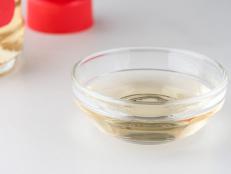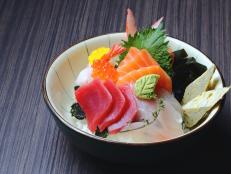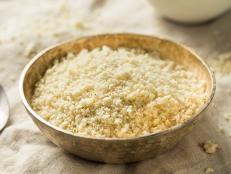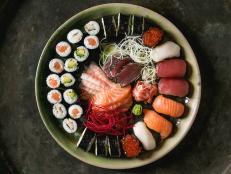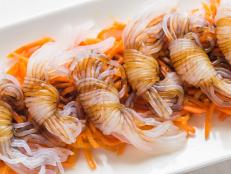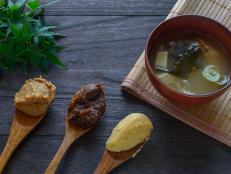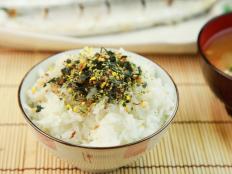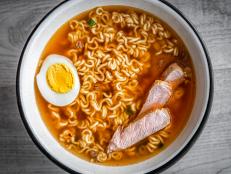What Is Eel Sauce? Plus, an Eel Sauce Recipe
According to an expert in Japanese cuisine.


dashu83/Getty Images
You might have encountered eel sauce at Japanese restaurant or know it as part of traditional Japanese cuisine. But what exactly is it? For more info, we consulted Pascale Yamashita, a recipe developer, food stylist, food photographer and avid food lover based in Japan.
What Is Eel Sauce?
Eel sauce, or unagi sauce, is a sweet and salty sauce that is traditionally used in Japanese cuisine for grilled eel dishes.
In Japanese, unagi means eel and tare means sauce, so eel sauce is also known as unagi no tare. Unagi that is grilled is called unagi no kabayaki, so eel sauce is also known as unagi no kabayaki tare.

annhfhung/Getty Images
What Is Eel Sauce Made Of?
Eel sauce is made of a combination of dark soy sauce, mirin, sugar and sake cooked together and reduced to a thickened consistency. Yamashita explains each eel sauce ingredient and its characteristics.
- Dark soy sauce: a fermented, aged sauce made from soybeans with a concentrated umami flavor
- Mirin: a fermented Japanese sweet rice wine with a mild, tangy flavor
- Sugar: granulated sugar helps balance the umami flavors of the soy sauce and helps promote caramelization during cooking
- Sake: also known as Japanese rice wine. Much of the sake’s flavor nuance will be lost during cooking but it helps to add depth of flavor and to counteract the eel’s fishy smell
Yamashita shares that at dedicated unagi restaurants in Japan, some of which have been family-run for several generations, they use what’s called tsugi tashi tare, which literally means extended sauce. “In prestigious unagi restaurants, the sauce that they use comes from the day they started their business, which means the sauce could be 100 to 200 years old or even more,” she explains. “The reason why it lasts so long is because the sauce goes through sterilization (sauce can be sterilized at 65 degrees Celsius/150 degrees Fahrenheit) through heat, and the sauce is basically very salty and sweet so that helps too.”

kuppa_rock/Getty Images
What Does Eel Sauce Taste Like?
Eel sauce tastes both savory and sweet and gets its distinctive flavor when used in grilled eel dishes. Eel sauce can vary in flavor depending on regionality and how the eel is prepared. “In the west of Japan (Kansai), the sauces are lighter and milder. The sauce is also thinner than the ones in the east of Japan (Kanto)," Yamashita explains.

kuppa_rock/Getty Images
Eel Sauce Recipe
To make eel sauce at home, Yamashita recommends a 1:1:0.5:0.5 ratio of soy sauce to mirin to sake to sugar.
Eel Sauce Ingredients
- 1 cup soy sauce
- 1 cup mirin
- 1/2 cup of sake
- 1/2 cup of sugar
Eel Sauce Instructions
- Add all ingredients to a small pan and heat over medium heat.
- When the mixture starts to boil, turn the heat down to low.
- Cook the mixture, occasionally stirring with a wooden spoon, until it thickens and coats the spoon.
Related Links:






















